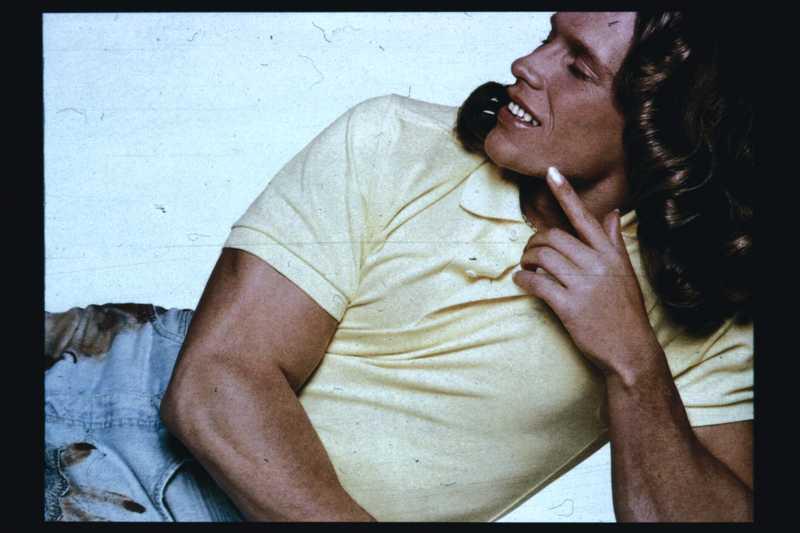

The notion of identity is intrinsic to van Lamsweerde and Matadin's work, for nearly every image is a portrait, an idea of designing a scenario, of constructing an identity. In a recent workshop with the graphic design and art direction team M/M (Paris) (Michaël Amzalag and Mathias Augustyniak) and students from the Visual Communication Department of the ECAL, École Cantonale d'Art de Lausanne, the artists began with the hypothesis that "fashion images in most cases are articulated around collective dreams and fantasies projected on an individual (the model), and expressed through clothes, postures, hairstyles, make-up, etc." The title of the workshop, "milneufseptantesix, ready-made characters for our generation," alludes to the age of the students, born in 1976. 1976 is furthermore the year that marks the birth of punk, the one teenage rebellion movement which is today again omnipresent as a fasion and attitude movement, and is the only movement which can be followed by the gerneation bron in the sixties all over again. (From the catalog for "Lamsweerde/Matadin Photographs" Pitti Immagine, Firenze, M/M 2001.)
The use of montage to create uncanny hybrids is facilitated by new technology in Inez van Lamsweerde's recent work. In various series produced since 1993, van Lamsweerde has elaborately posed models and recombined their parts, in the process creating photographically seamless images, perfectly real beings who are mysteriously and deceptively unreal. Van Lamsweerde plays with the codes of perfection manipulated by the fashion advertising industry, an industry that spurred the development of the paintbox computer technology she uses.
Conventions of advertising that utilize bright shadowless lighting to suggest "realness" or the wholesome, and hence "truth," are employed by van Lamsweerde in the presentation of an alternate reality. The ecstatic reclining men in her four-piece series The Forest (1995) are puzzlingly strange. Upon close inspection it becomes apparent that some body parts are not scaled to the figure, and that a "male" subject wears nail polish and lip gloss. (From http://www.gwangju-biennale.org/last-biennale/2000/english/sspeci-huartist19.htm, no longer available.)